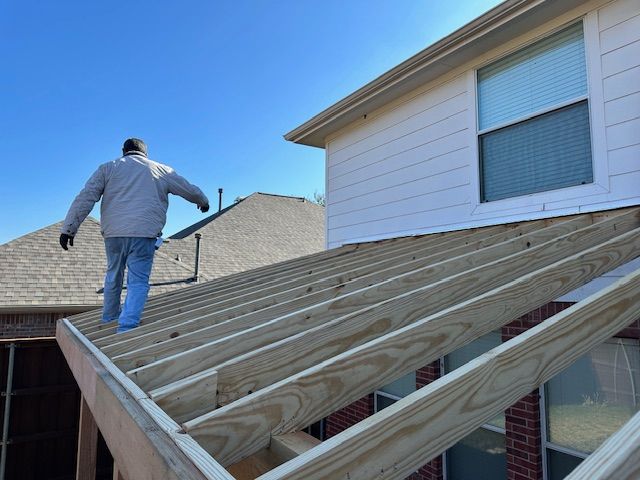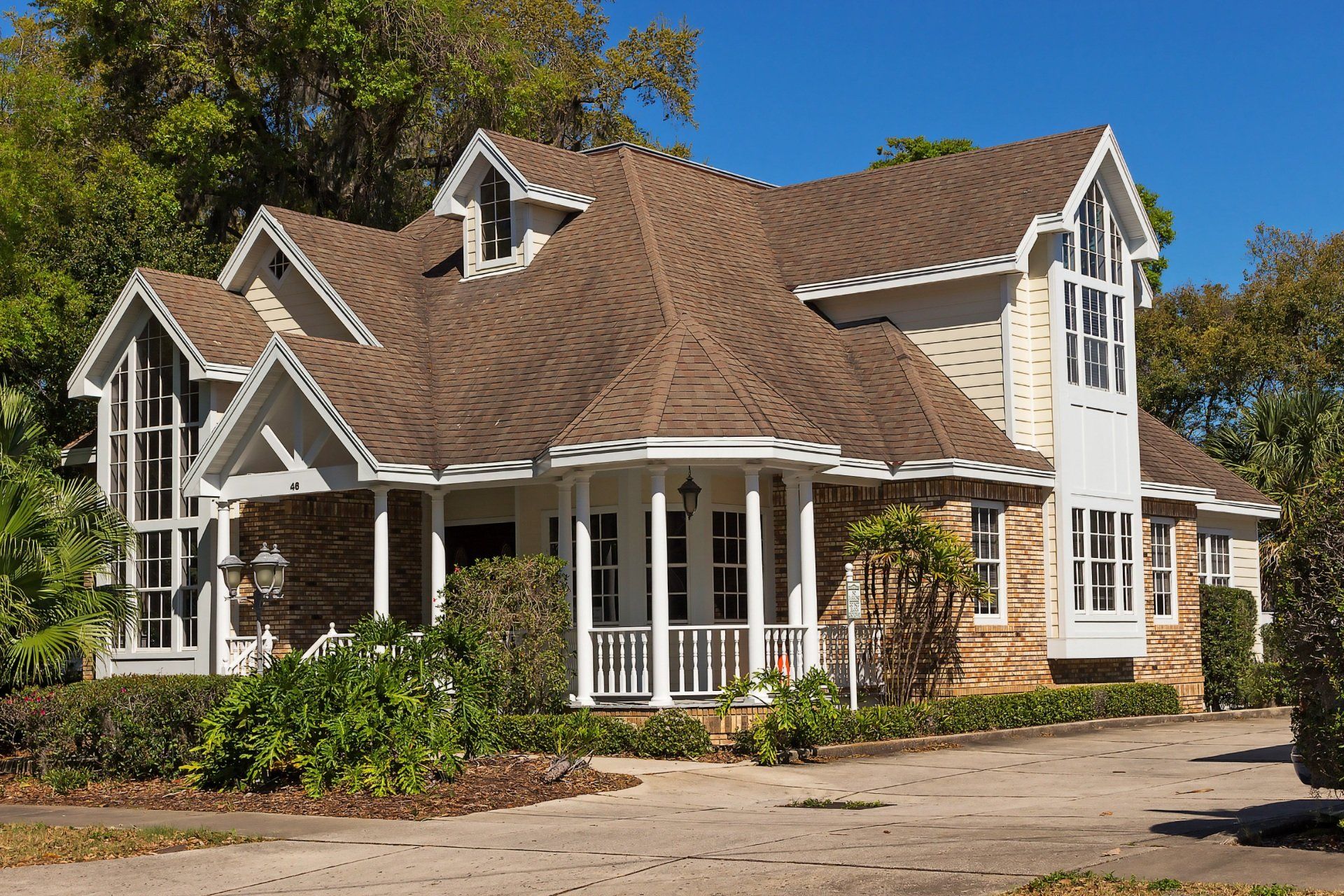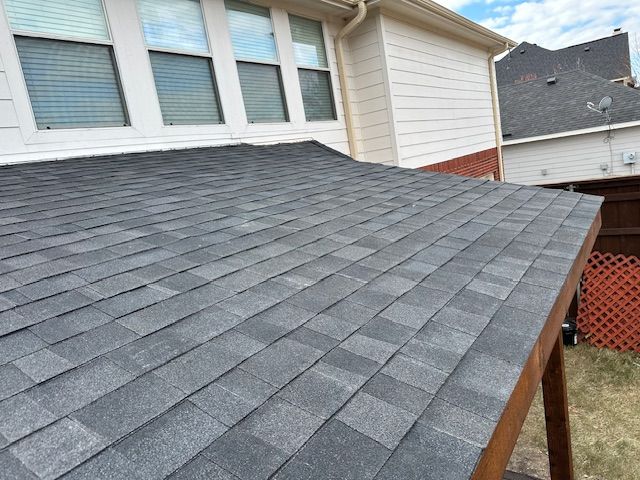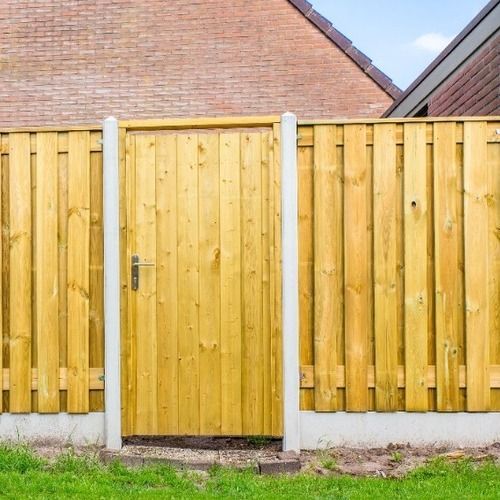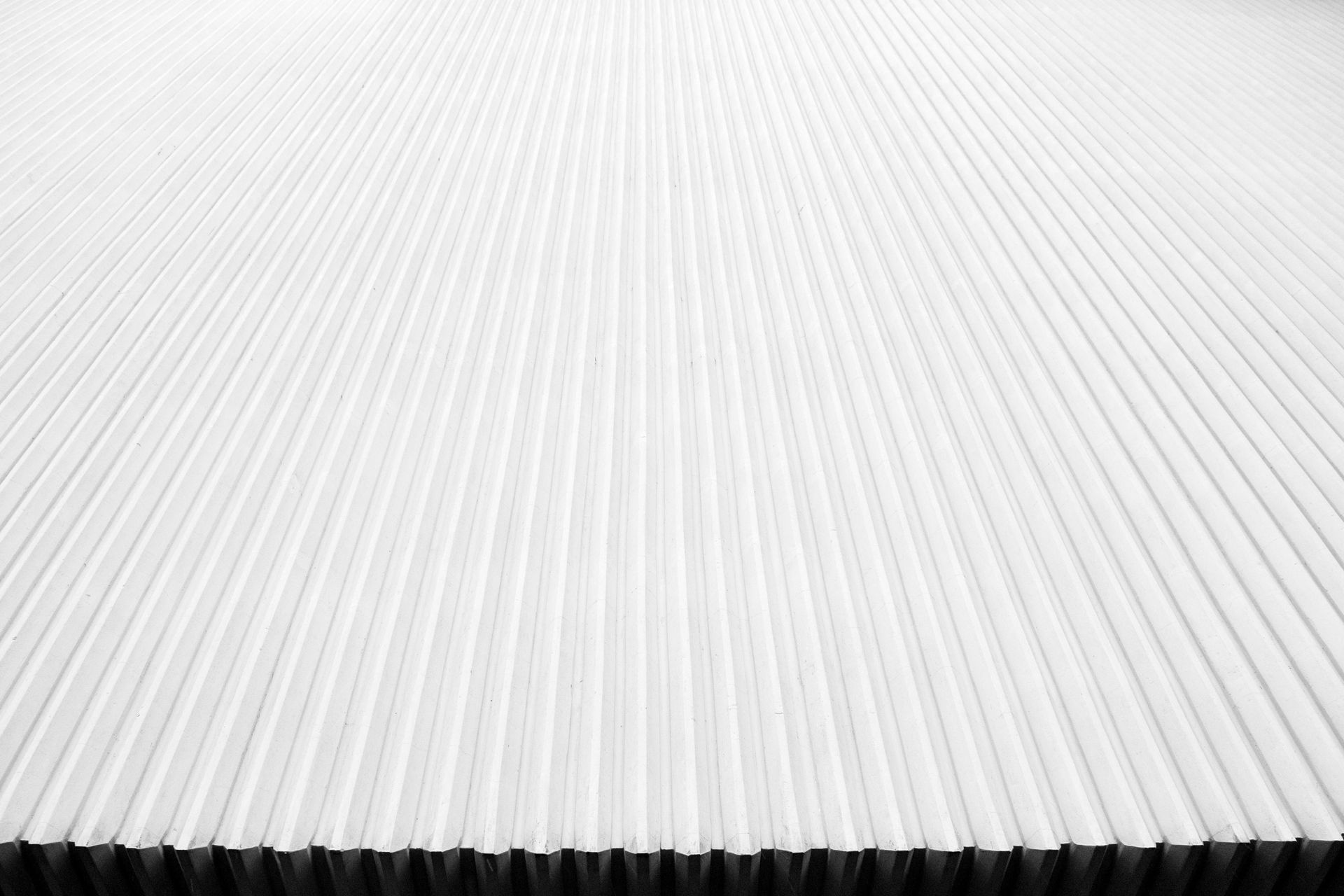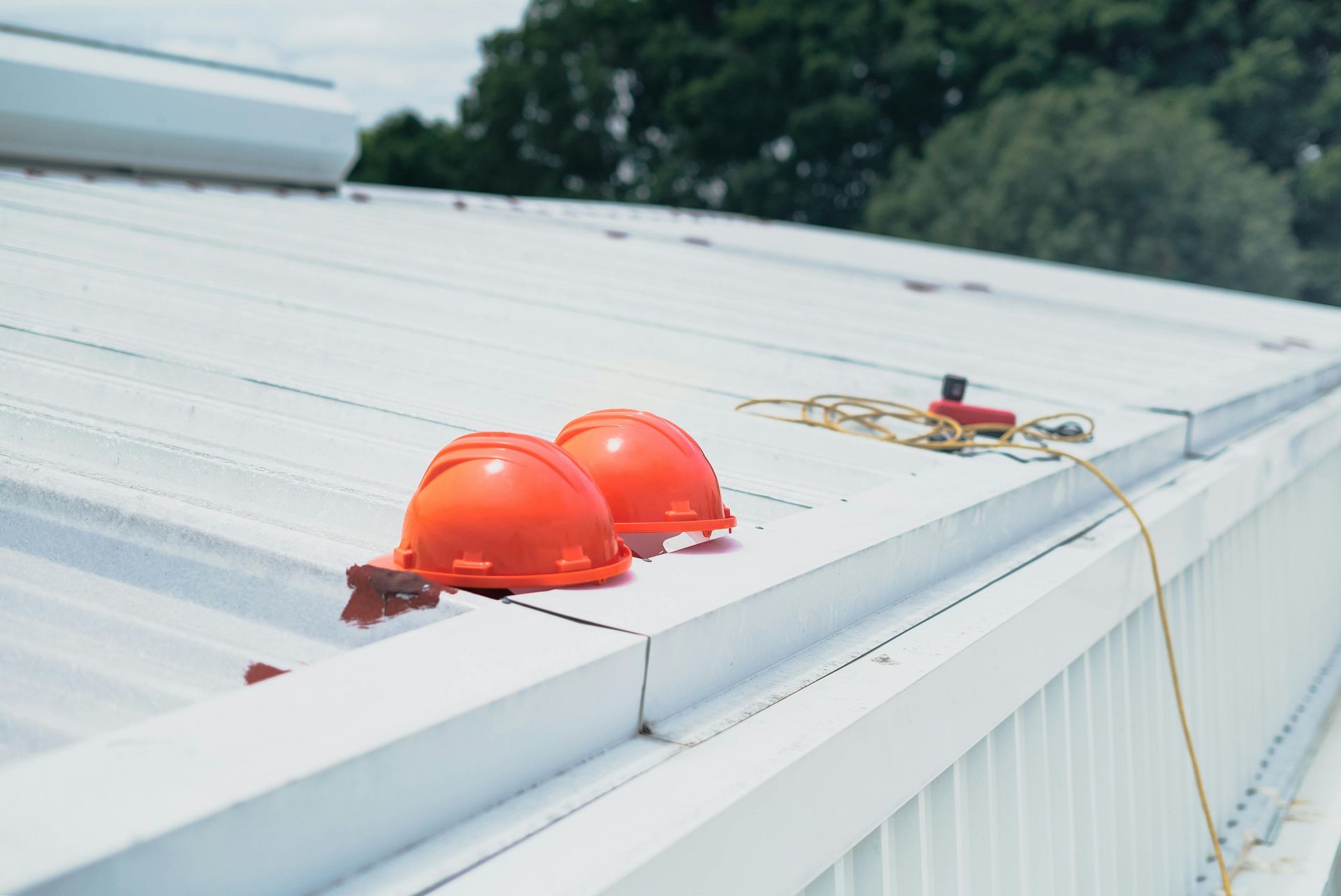When You Must Pay Your Deductible for Roof Coverage Under Homeowners Insurance

Table of Contents
- Introduction
- What a Deductible in Homeowners Insurance Entails
- How the Deductible Affects Roof Damage Claims
- When You Need to Pay Your Deductible
- Can the Cost of Repairs Influence Deductible Payments
- What Happens if Insurance Covers Less Than the Deductible
- Are There Exceptions to Paying the Deductible
- Conclusion
-
Key Takeaways
- A deductible is the amount paid out-of-pocket before your homeowners insurance starts to cover costs related to roof repairs or replacement.
- The presence of a deductible helps share risk between the homeowner and the insurance company, discouraging minor claims and helping to keep premiums lower.
- There are typically two kinds of deductibles in homeowners insurance: a fixed amount or a percentage of the home's insured value.
- Higher deductibles usually result in lower monthly insurance premiums, allowing homeowners more control over their annual insurance expenses.
- Deductibles must be paid when filing claims for significant roof damage caused by storms or other natural events, impacting financial planning for emergencies.
- If repair costs are less than the deductible, the homeowner is responsible for all expenses, which might affect the decision to proceed with a claim.
- Special circumstances such as bundled claims or damage covered under a warranty may lead to deductible waivers, reducing out-of-pocket expenses for homeowners.
- Understanding your insurance policy’s stipulations on deductibles is crucial for effectively managing roof damage claims and maintaining financial stability.
Introduction
Dealing with roof damage is rarely straightforward, especially when you’re trying to figure out how your homeowners insurance will kick in. The deductible—the amount you pay before insurance covers the rest—often adds another layer of complexity. It's crucial to understand this part of your policy to avoid surprises and ensure you're financially prepared for repairs.
Many homeowners find themselves puzzled over the specifics of their insurance coverage when a storm or wear takes its toll on the roof. Knowing exactly what your insurance covers, and what it leaves to you, can make a huge difference in how you handle the aftermath of roof damage. This guide will help you navigate these often murky waters, making your next steps clear and manageable.
What a Deductible in Homeowners Insurance Entails
Now that we've covered the importance of understanding your policy's coverage, it's time to focus on a key component of any insurance claim: the deductible. Understanding this concept is crucial for effectively managing both your expectations and your finances when facing roof repairs.
- Definition: In homeowners insurance, a deductible is the amount you pay out of pocket for a claim before your insurance starts to pay.
- Purpose: This part of your policy is designed to share risk between you and the insurer, minimizing trivial claims and helping to reduce overall premiums.
- Types of Deductibles: There are typically two kinds of deductibles – a fixed amount or a percentage of the home’s insured value, each affecting claim dynamics differently.
- Impact on Premiums: Choosing a higher deductible often leads to lower monthly premiums, giving you leverage over your annual insurance costs.
This foundation sets the stage for making informed choices about how you handle insurance matters, especially when unexpected roof damage occurs.
How the Deductible Affects Roof Damage Claims
When you report a claim for roof damage, the deductible amount is what you'll first need to cover out of pocket. This means that for substantial repairs, your initial financial responsibility could be significant, but it also keeps your insurance premiums manageable by reducing trivial claims. Understanding this relationship helps you prepare financially for emergencies, ensuring you’re never caught off guard by unexpected expenses.
When You Need to Pay Your Deductible
Understanding when you need to pay your deductible can help you better prepare for potential costs associated with roof damage. Below, we'll explore several common situations that typically require deductible payments, providing clarity on how deductibles are applied in real scenarios.
Significant Damage from a Storm
When a severe storm causes damage to your roof, filing an insurance claim often involves paying your deductible first. This deductible payment is required to initiate the repair or replacement process under your policy. By understanding this, homeowners can set aside funds specifically for such incidents, ensuring quick action can be taken without financial delay.
Discovered Wear and Tear During Inspection
If a routine inspection uncovers wear and tear that necessitates repair, this is usually considered maintenance, not covered by insurance. However, if the wear has led to significant damage covered under your policy, you'll need to pay the deductible before repairs. It's crucial to differentiate between general maintenance and insurable damage to anticipate potential out-of-pocket costs.
Acts of Nature Other Than Storms
Damage from other natural events, such as hail or a fallen tree, also triggers the requirement to pay your deductible. Just like with storm damage, your insurance policy stipulates that your share of the cost comes first. Planning for these possibilities by understanding what your insurance covers can prevent surprises when natural incidents occur.
These scenarios highlight the importance of knowing your policy's details, allowing you to financially and mentally prepare for when you need to pay your deductible.
Can the Cost of Repairs Influence Deductible Payments
The cost of repairs can significantly influence your out-of-pocket expenses, especially when it comes to meeting your deductible. If the repair costs exceed your deductible, you'll pay the deductible amount, and your insurance will cover the rest.

However, if the repair costs are lower than your deductible, you're responsible for the entire amount, which might lead to reconsidering the claim. This dynamic underscores the importance of having a clear understanding of your deductible in relation to potential roof repair costs to effectively manage your finances.
New Paragraph

Trake Construction Management, LLC partners with homeowners and business owners to restore and improve properties affected by weather-related damage and general disrepair.
Services


